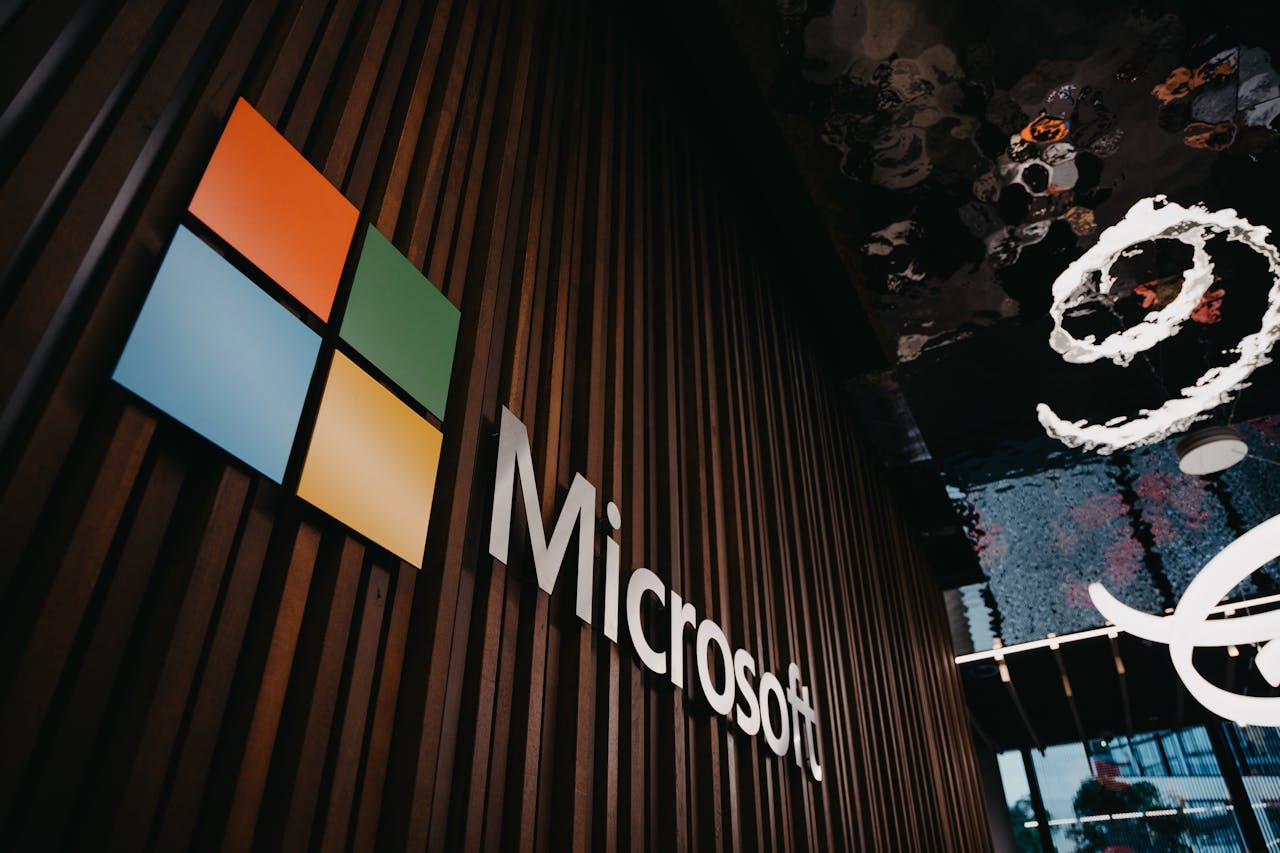How Microsoft Is Reshaping Its Revenue Structure Through AI and Cloud
In 2025, Microsoft is no longer just “a software company.” Its revenue structure is quietly undergoing a deep transformation, driven by two core engines: artificial intelligence and cloud services.
1. Azure’s Ambition: A Cloud Platform That’s More Than Just “Backend”
Azure was once seen as the “follower” of AWS. But starting in 2024, Microsoft no longer settled for just “market share growth.” According to the Gartner Q1 2025 report, Azure’s global market share has risen to 25.3%, closing in on AWS’s 30.6%, while Google Cloud ranks third at 11.2%.
But the more important shift is this: Azure is becoming the foundation of AI platforms. From OpenAI’s GPT-5 commercial deployment, to Copilot for Office, to large-scale enterprise AI models—all of it runs on Azure’s infrastructure. Microsoft is bundling “Cloud + AI” into a closed-loop solution.
2. AI Copilot: From Selling Software Tools to Selling Capabilities
In the past, you paid for Word and Excel. Now you pay a subscription fee, and Copilot has become the essential accelerator you can’t skip.
Launched at the end of 2024, Microsoft 365 Copilot has rapidly spread across major enterprises in Europe and the U.S. According to Forrester, after introducing Copilot, companies saw a 32% boost in productivity and an 18% reduction in IT support requests. This is the first time Microsoft is selling “AI productivity” as an independent value, not just a feature.
By 2025, Microsoft announced that 42% of Microsoft 365 business users have enabled Copilot. Each user generates an average $10–$14 in additional monthly revenue. This is not just a price hike—it’s a business model upgrade.
3. Bing + Edge + AI Search: No Longer Just Ads
Bing was once the “forgotten search engine.” But after integrating ChatGPT in 2023, it has quietly begun a comeback.
Although Google still dominates overall market share, Bing is excelling in specific contexts—like enterprise intranets, educational queries, and financial searches. According to the latest StatCounter data, Bing’s share in North American enterprise search has grown to 17.6%, up 6.1% year-over-year.
Advertising is just the beginning. Microsoft is building a model of “AI-powered content answers + commercial conversion.” For example, a Bing search for “how to invest in ESG” yields not just links, but AI-generated summaries, data charts, and even direct links to LinkedIn Learning courses—all within the Microsoft ecosystem.
4. GitHub Copilot: Developers Are No Longer Just Tool Users
GitHub Copilot is one of Microsoft’s most underrated AI cash cows.
By early 2025, GitHub announced over 3 million Copilot users, with over 38% being enterprise paying customers. Developers save an average of 33 minutes per day using the tool. And at $39/month per seat for Copilot Business, it’s priced significantly higher than other Microsoft SaaS products.
More importantly, GitHub Copilot is fueling growth for Azure DevOps. Microsoft uses Copilot to draw in developers, then steers them to use Azure for deployment, testing, and publishing—creating a full ecosystem loop.
5. Financial Structure Shift Under Hybrid Monetization
Microsoft’s financial reports are beginning to show structural changes. Here are the key metrics for fiscal Q2 2025 (in USD billions):
| Segment | Revenue | YoY Growth |
|---|---|---|
| Cloud Services (Azure + GitHub + Dynamics 365) | 29.7 | +22% |
| Office & Productivity (incl. Copilot) | 15.8 | +15% |
| Windows & Devices | 7.6 | -4% |
| Search & Advertising (incl. Bing) | 5.1 | +9% |
It’s clear that the “software licensing” model is no longer the main revenue driver. Instead, AI-based subscription services are becoming the new profit center.
6. The Future: Copilot Everywhere—Microsoft Everywhere
In the latest earnings call, Satya Nadella stated:
“Copilot is not just a product—it’s our platform strategy for the next decade.”
Microsoft is horizontally expanding the Copilot strategy into security, data, gaming, education, and more.
For example, Copilot for Security is now in preview, helping security teams generate response scripts and detect anomalies in logs. Copilot for Power BI lets finance professionals generate charts and reports with natural language, dramatically lowering the data analysis barrier.
This means Microsoft is repackaging its entire product line through AI, transforming formerly standalone SaaS offerings into compound platforms.
If ten years ago Microsoft conquered the world with Windows and Office, today it’s rebuilding every revenue curve with AI + Cloud + Copilot. It’s no longer just a software vendor—it’s an ecosystem designed for the intelligent future.
Overhyped? Possibly.
But either way, we’ve officially entered a new stage—a work world redesigned by Microsoft.
Microsoft Azure vs AWS vs Google Cloud: A Comprehensive Comparison of the Cloud Computing Giants
AI Industry Landscape: Who Will Lead? Microsoft, Google, or Meta



